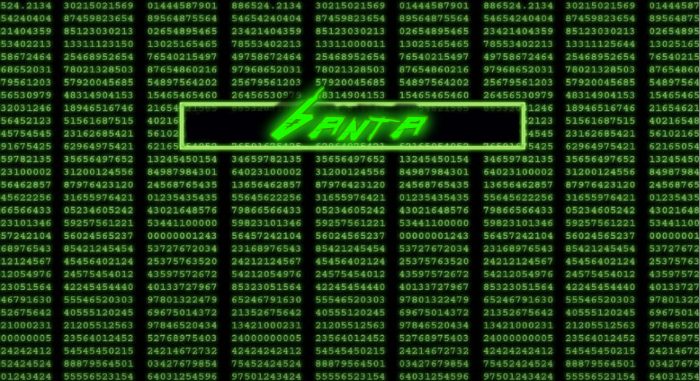Banta ransomware encryption process
Banta ransomware is a new version of well known encryptor – Phobos. The aim of this virus is to change the structure of the definite files in order to make you pay for the decryption key. Hackers usually attack devices by the means of malicious email attachments and brute-forcing of the open ports. Then the virus scans your device and searches for the documents and media files, in order to encrypt them. These processes can hardly be noticed and it’s always a surprise to find out, that your important files are unreadable, as the extensions of these files changed to .id[numbe].[limboshuran@cock].Banta. Don’t remove Banta ransomware encryption by removing the extension, it can break your files at all! The purpose of this attack is not to laugh at you, but to make you pay, that’s why hackers left a special ransom note, called info.txt. Here you can find nothing but email to contact with the developers, if you want to pay them:
!!!All your files are encrypted!!!
To decrypt them send e-mail to this address:
limboshuran@cock.li
We strongly recommend you not to do it, as they can trick you. No one can give you a guarantee, that they will honor their promises and will send you a key or decryptor. Till the time they are getting paid, hackers will improve old viruses and create new ones. If you want to avoid involvement in such a scheme, you may be interested in our up-to-date guide!
Article’s Guide
- How to remove Banta Ransomware from your computer
- How to remove Banta Ransomware encryption from your files
- Data Recovery
- Automated decryption tools
- Windows Previous Versions
How to remove Banta Ransomware from your computer?
We strongly recommend you to use a powerful anti-malware program that has this threat in its database. It will mitigate the risks of the wrong installation, and will remove Banta from your computer with all of its leftovers and register files.
Solution for Windows user: our choice is Norton 360 . Norton 360 scans your computer and detects various threats like Banta, then removes it with all of the related malicious files, folders and registry keys.
If you are Mac user, we advise you to use Combo Cleaner.
How to decrypt .Banta files?
Once you’ve removed the virus, you are probably thinking how to decrypt .Banta files. Let’s take a look at possible ways of decrypting your data.
Recover data with Data Recovery

- Download and install Data Recovery
- Select drives and folders with your files, then click Scan.
- Choose all the files in a folder, then press on Restore button.
- Manage export location.
Restore data with automated decryption tools
Unfortunately, due to the novelty of Banta ransomware, there are no available automatic decryptors for this encryptor yet. Still, there is no need to invest in the malicious scheme by paying a ransom. You are able to recover files manually.
You can try to use one of these methods in order to restore your encrypted data manually.
Restore data with Windows Previous Versions
This feature is working on Windows Vista (not Home version), Windows 7 and later versions. Windows keeps copies of files and folders which you can use to restore data on your computer. In order to restore data from Windows Backup, take the following steps:
- Open My Computer and search for the folders you want to restore;
- Right-click on the folder and choose Restore previous versions option;
- The option will show you the list of all the previous copies of the folder;
- Select restore date and the option you need: Open, Copy and Restore.
Restore the system with System Restore
You can always try to use System Restore in order to roll back your system to its condition before infection infiltration. All the Windows versions include this option.
- Type restore in the Search tool;
- Click on the result;
- Choose restore point before the infection infiltration;
- Follow the on-screen instructions.


